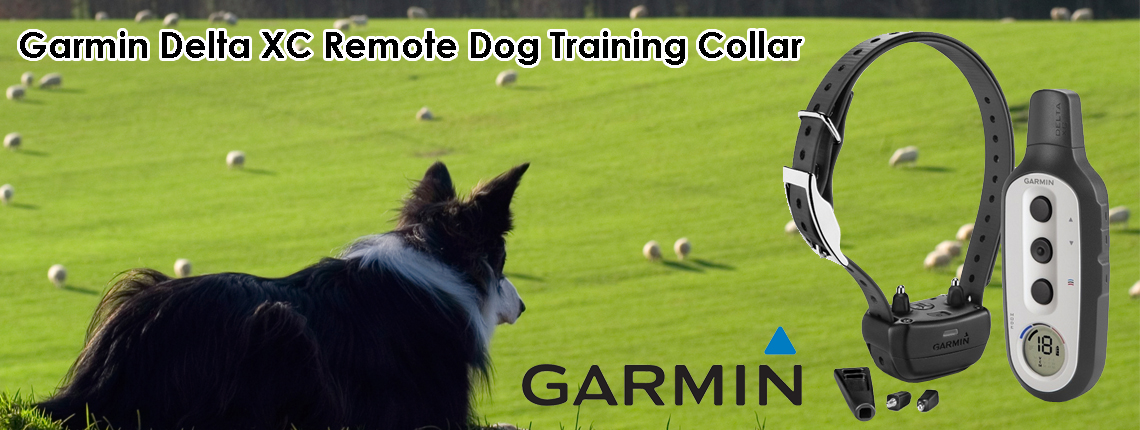Do Dog Shock Collars Work?, Farmers perspective
Do Dog shock collars work ?
With Covid 19 creating disruptions to the Australian Agricultural Field Day Calendar I find myself back behind the desk, reflecting on my experiences along with some of the colourful characters I have meet in the past 14years while exhibiting at these events across the country. I am often visited by existing customers who attended the field days annually, returning with praise for the results they have achieved from using their dog training collars. Originally most farmers comment that they were hesitant to use them " are shock collars inhumane ?" they would ask. “I’ve tried everything else and my mate seemed to have good success with his dog and it seems quite fine on the dog. It’s just that I can see so much potential in this bitch but she just won’t stop when I need her to”! Upon returning the following year they start with “I tell you what mate, that collar, I cannot understand why there are such strong opinions out there based upon something they have never used. This is the best investment in dog training I have ever made. All it took was a couple of well-timed corrections from the collar to get her listening. When a dog is a hundred metres away from you in the paddock and becomes fixated on the stock, won’t listen or decides to single one out, what else can you do”?
Well, what else can you do? You could wait till the dog comes back but that would be too late as any correction would be associated with coming back to you and not the problem you wish to address. You could return back to the long lead training with lots of repetition in the hope that once the lead comes off the dog does not return back to the same behaviour. Traditional Working Dog Training is often performed on a long lead at close range in a yard. Yes, this type of training is still required to teach a dog the basic commands & associations. The remote trainer is the next step in extending the range of the long lead training as it removes the physical connection between the dog and you the Dog handler. This aspect alone helps the dog associate the stimulation from the training collar with the behaviour and not with you addressing the behaviour.
The farmer continued “My grandfather used to throw a few pebbles at the dog to get their attention or let a couple of shots off over the dog’s ear gradually lowering his aim till……….”Unfortunately, when a whistle doesn’t work, these are real comments I have heard reflecting some of the old way’s farmers have used to get a dog’s attention in an attempt to overcome challenges from dogs which are working at distance.
With the demands of modern day life, keeping up with ever increasing tasks and expectations can be difficult. Farmers need to adapt and embrace technology to assist them with improving on traditional processes. The farmers comments highlight the need to embrace the use of technology like Remote Dog Trainers. Whether it be the motivation of the electronic stimulation to stop an undesireable behaviour or maybe just a well-timed tone or vibration that distracts and redirects the dog’s attention back to responding to the command. Either way it’s the timing and motivation created through the use of the remote trainer that helps the dog understand which behaviours are desireable and which are not as putting it simply, the dog learns that stopping this behaviour removes the stimulation.
So, when asked “do shock collars work” my answer is YES.

